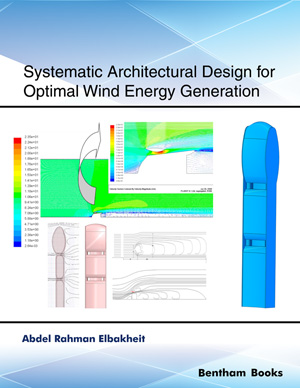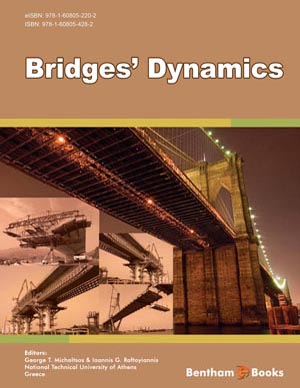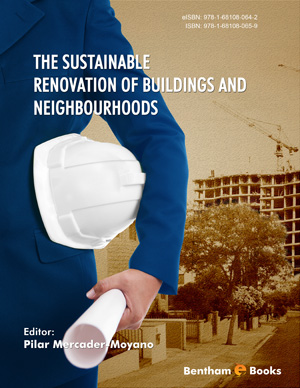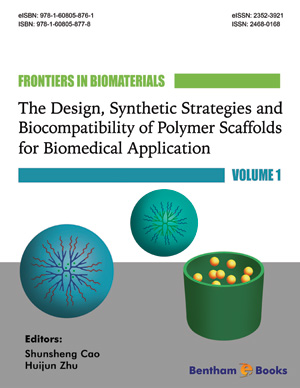Abstract
This chapter presents a process enabling architectural design to achieve better prospects of integration of wind energy technologies to achieve sustainability. The process aims to utilise architectural forms, masses and profiles to streamline wind flows around buildings for harvesting wind energy using suitable conversion technology (i.e. wind turbines). It extends architectural design palette of form-finding rationale in terms of functionality and economic viability forward to achieve sustainability. Computational fluid dynamics (CFD) provided a springboard for navigating, evaluating and optimising design proposals. CFD capability of projecting air movements around buildings considering the magnitude, direction and pressure impact on the building surfaces is of paramount utility. In this chapter, ways and means to utilise wind separation around buildings are examined, together with aerofoil profiles capable of providing conducive conditions for wind flows to be harvested by turbines. Some parameters of these aerofoils are investigated, and guidelines for their optimum performance are defined, namely, aerofoil proximity to the building surface and the angle of attack of the aerofoil. This process would multiply incident wind velocities by up to 30% during periods of low wind velocities (i.e. lower than 5 m/s) and up to 150% during periods of high wind velocities (i.e. greater than 5 m/s).
Keywords: Aerofoils, Augmented wind energy system, BAWES, CFD, Ducted wind turbine, Fluent, Wind energy optimisation, Wind energy integration in buildings.












